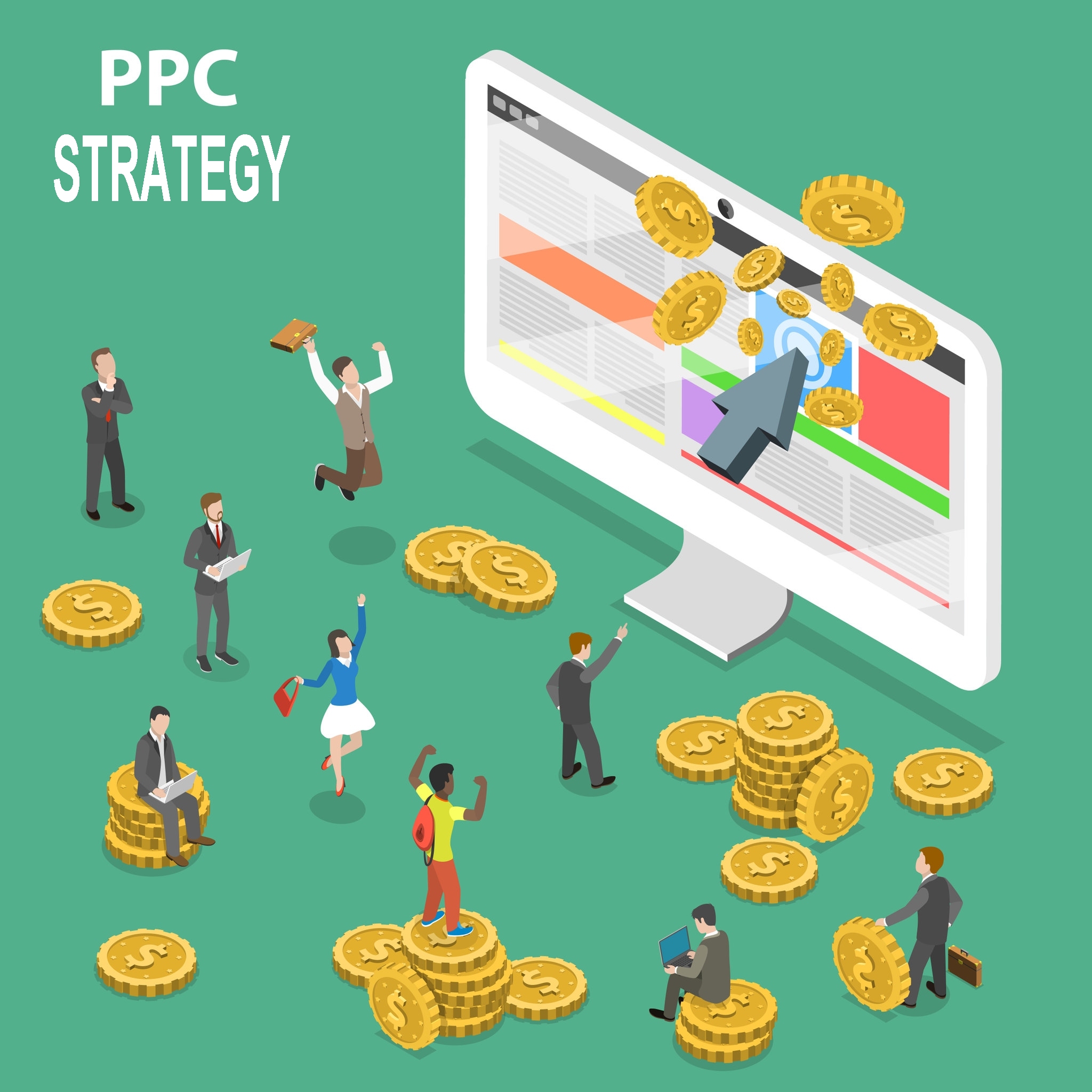When it comes to selling on Amazon, in-platform advertising (Amazon PPC, or Pay Per Click), has become a virtual requirement for success.
In most every case, for most every seller, running Amazon ad campaigns means the difference between being found by shoppers or getting lost somewhere on the bottom shelf at the back of the store.
What are good general rules of thumb when it comes to both PPC strategy and tactics?
PPC Strategy
Strategy is your larger plan; something that covers the entirety of a campaign. Strategic efforts would include your overall goals when it comes to your Amazon PPC.
For example, you might be looking to maximize impressions. That is, the number of times your ad is shown.
Another strategy might be sales volume. This sounds like an obvious goal, one everyone would share, but going only for sales volume could mean a high cost for your campaigns.
Is it a cost you’re willing to bear?
That depends on the strategic goal.
Another possible goal is profit. You may want to focus your efforts on making the most profit from each sale, which means setting targets for your ad campaigns that maximize the profit (reduce the ad spend) for each sale.
When might sales be more important than profitability?
- If you’re launching a new product. Sales drive more sales, so gaining high sales volume on a launch may (likely would) be a worthwhile objective. Using advertising – even at low or lost profit – to drive sales is worth it to improve your overall organic ranking.
- If increasing product or brand awareness is your goal. In this case, in addition to conversions, maximizing impressions would be a key focus.
In each case you’re using PPC to drive more organic sales and profit in the future.
Once you’ve settled on that major objective, it’s time to set the dials and drive the traffic.
PPC Tactics
Tactics would be the discrete actions you take with each campaign, designed to further the overall strategic objective.
Scheduling for the best sales periods is one tactic. Tools like the MBS Advertising Manager make it easy to see prime sales periods and auto boost and pause campaigns to take advantage of the best times to advertise.
Setting auto bid adjustments based on Target ACoS (see The Metrics below) also helps ensure your objectives are met.
As well, the type of ads you’re running is part of your tactics.
- Sponsored Products ads are keyword-targeted ads that enable you to promote individual products.
- Sponsored Brands ads allow you to promote a custom headline for your brand, with the ability to send shoppers to your store page or a custom landing page on Amazon.
- Sponsored Display ads send shoppers to Amazon product detail pages.
Automatic campaigns are another tactic. They’re part of any Amazon campaign and are another tool in your arsenal. Amazon runs automatic campaigns for you, and you can use the results to perform target research. Use the results from the Automatic campaigns to block the use of low-performing keywords in your ads (Negative Keywords), and harvest the high-performing results to use in your manual campaigns.
Match types are also important to your tactics when creating ads.
There are three basic ways Amazon will match your ads to customer searches, and those are Broad, Phrase and Exact.
- Broad Match matches your ad to searches where the keyword is present anywhere within the query.
- Phrase Match requires that the search keywords be present in the query in the same order as mentioned by you.
- Exact Match shows your ad only if the search query exactly matches your bidded keyword.
As an example, say your bidded keyword is “blue shirts”.
Broad Match results would show your ad if the customer search was “collared blue shirts” or “shirts in blue”, for example, but not for “cotton shirts”. Broad match includes close variants of the terms as well as synonyms.
Phrase Match results would show your ad if the customer search was “blue shirts for men” or “blue shirts and pants”. Your ad would not be shown for searches such as “shirts blue in color” or “shirts with blue buttons”.
Exact Match must be, as you would imagine, exact. In this example that means “blue shirt” must be what the customer searches for. Exact Match will show close variants, and Amazon will also include reordering or rephrasing of the word, as long as the meaning is preserved.
The Metrics
These are the indicators of how your campaigns are doing, as well as guidelines for your strategy and tactics.
Main advertising metrics are things like Impressions (how many times your ad is shown), Clicks, ACoS (or Advertising Cost of Sales) and TACoS (Target ACoS). These are your gauges of ad performance.
ACoS, for example, is important as the ratio of ad cost to sales revenue. This lets you know if you’re getting your money’s worth. For example, if you spend $2 on advertising and those ads result in sales of $20, your ACOS would be 10%. The lower your ACoS, the lower your ratio of ad cost to sales revenue.
Target ACoS, or TACoS, is what you’d like your ACOS to get to.
As mentioned above there are many strategies. Starting off you may want to have TACoS be your Profit Margin %, which would mean you’re aiming to break even on your ads (spending all profit on advertising).
If your Target ACoS is less than your Profit Margin, you’re aiming to make a profit on your Ads. If your Target ACoS is set above your Profit Margin, this would mean you’re aiming to be aggressive and spend any profit and more for ranking purposes.
Mastering PPC
Experience, trial and error, training and resources are a few ways to become proficient and successful with your Amazon advertising.
Training courses exist in abundance. Our Amazon PPC course is an example, covering in detail everything you need to know to go from beginner to pro.
In the end, crafting and running successful Amazon PPC campaigns probably requires an equal measure of all of the above.
- Tools
- Experience
- Trial & Error
- Training
And not necessarily in that order.
It all begins with setting your strategic objectives, then crafting your campaigns using PPC tactics to meet them.
To your selling success.





